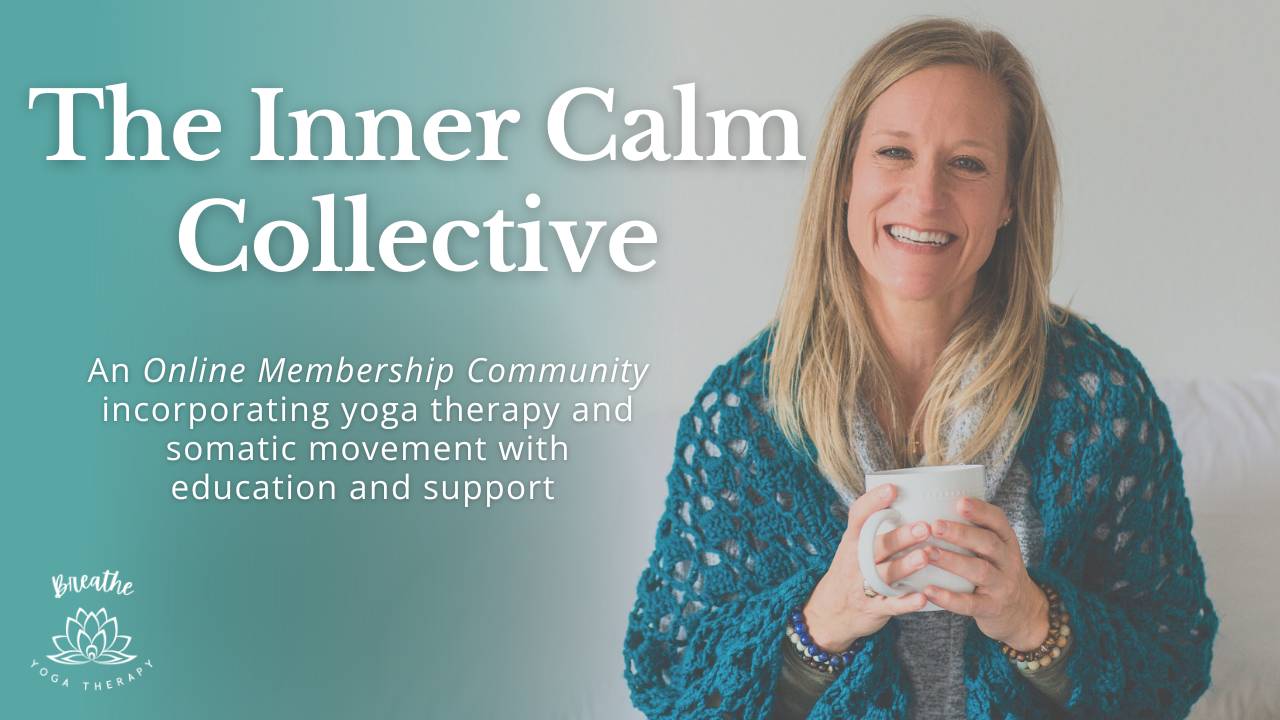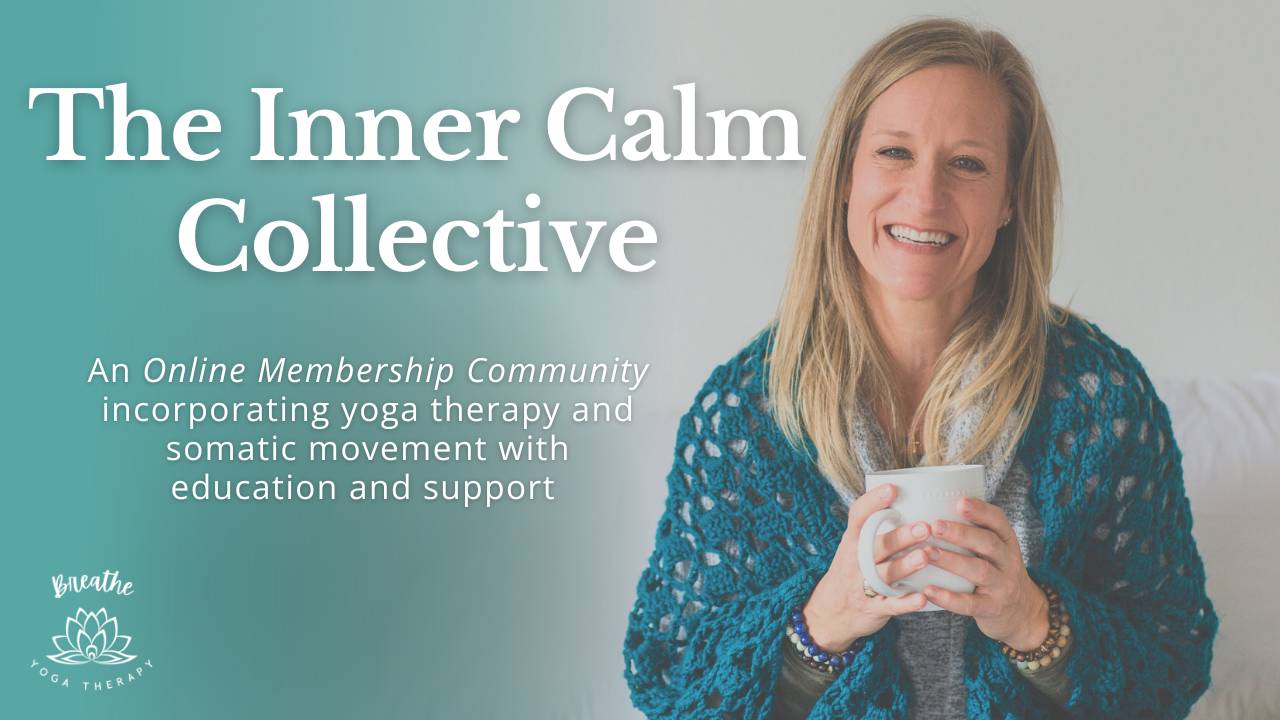The Path to Healing: A Holistic Approach

Anxiety is something that many of us struggle with. Difficult relationships, everyday stressors, financial issues and health concerns may seem like the obvious culprits, but but many times there’s a deeper issue.
Anxiety is often the body’s response to unresolved trauma, insecure attachment styles formed in childhood, and a dysregulated nervous system. Our nervous system learns how to respond to stressors at a very young age and when carried into adulthood, these nervous system responses can silently drive our anxiety and keep us stuck in patterns of fear, stress, and emotional dysregulation.
Using a therapeutic application of the tools and practices of yoga, including somatic movement, breathwork and meditation combined with self-discovery assessments, nervous system education, and understanding your attachment style, you can begin to heal the root cause of anxiety and promote a sense of safety and well-being in your body and mind.
The Body Holds the Key: Somatic Movement for Anxiety Relief
Have you ever noticed how anxiety often feels like a physical experience? The tightness in your chest, the tension in your shoulders, or the knot in your stomach—these are your body’s ways of holding onto stress and unresolved trauma. This is where somatic movement comes in.
Somatic movement is a body-centered practice that encourages us to tune into the sensations and experiences within our body. Rather than just focusing on thoughts or emotions, somatic practices help us become aware of how our body is responding to stress and anxiety. Through gentle, mindful movements, we can release tension and trapped energy, bringing relief to both the body and mind. It’s a powerful way to interrupt the cycle of anxiety, as it helps to create new, healthier patterns of physical and emotional response.
By reconnecting with your body and its sensations, somatic movement helps you become more present and aware of your physical state, which in turn reduces anxiety. You’re no longer just trying to manage anxiety mentally—you’re working with your whole body to release stored stress and create a sense of calm.
Understanding the Nervous System: Regulation is Key to Calm
Our nervous system plays a crucial role in how we experience anxiety. It’s divided into two primary systems: the sympathetic nervous system, which is responsible for the fight-or-flight response, and the parasympathetic nervous system, which helps us relax and restore. When we experience chronic anxiety, it often means our nervous system is out of balance—we’re stuck in fight-or-flight mode, and our body is constantly on high alert.
Nervous system regulation is the process of bringing balance back to this system, helping us shift from a state of stress (sympathetic) to a state of rest and relaxation (parasympathetic). Practices like deep breathing, mindful movement (like yoga or somatic exercises), and grounding techniques can help activate the parasympathetic system, signaling to the body that it’s safe to relax.
When we learn to regulate our nervous system, we’re essentially giving our body permission to come out of survival mode. Over time, this can significantly reduce the frequency and intensity of anxiety, allowing us to respond to life’s challenges from a place of calm rather than fear.
The Role of Attachment Styles: How Childhood Patterns Shape Anxiety
Our attachment style, which is formed during childhood based on how we connected with our caregivers, has a profound impact on how we relate to others—and how we experience anxiety. There are four main attachment styles: secure, anxious, avoidant, and disorganized. If we grew up in an environment where our emotional needs were not consistently met, we may develop an insecure attachment style that carries into adulthood, leading to struggles with trust, fear of abandonment, or difficulty being vulnerable in relationships.
When our attachment wounds go unhealed, they can fuel anxiety, especially in the context of our relationships. For example, someone with an anxious attachment style might constantly worry about being rejected or abandoned, leading to a heightened state of emotional and physical stress. On the other hand, someone with an avoidant attachment style might suppress their emotions and avoid intimacy, which can create internal tension and anxiety as they disconnect from their needs.
The good news is that understanding your attachment style is the first step toward healing these wounds. By recognizing the patterns that stem from your early relationships, you can begin to break free from the cycle of anxiety that often accompanies attachment issues. This process may involve reparenting your inner child—essentially giving yourself the love, care, and safety you didn’t receive growing up—and practicing secure attachment behaviors, such as setting boundaries and cultivating emotional safety in your relationships.
Do you know your attachment style? [Take the Quiz]
Unresolved Trauma: The Root Cause of Anxiety
Finally, let’s talk about unresolved trauma. Trauma isn’t just about major, life-altering events; it can also stem from smaller, cumulative experiences that leave lasting emotional and physical imprints on our nervous system. Unresolved trauma often keeps us stuck in survival mode, where our body is always ready to fight, flee, or freeze in response to perceived threats—even when those threats aren’t present.
When trauma isn’t addressed, it can manifest as chronic anxiety, as our body continually anticipates danger. This is where somatic movement and nervous system regulation become especially powerful. By working with the body to release trauma, rather than just focusing on cognitive therapies, we can heal the deeper layers of anxiety that often remain hidden beneath the surface.
The Path to Healing: A Holistic Approach
Healing anxiety requires a holistic approach that addresses both the mind and body. By combining somatic movement, nervous system regulation, and a deeper understanding of your attachment style and unresolved trauma, you can create a powerful toolkit for managing and reducing anxiety.
In my Body-Focused Healing for Anxiety: Uncovering and Healing the Root Causes of Chronic Stress program, we dive deep into these areas, helping you reconnect with your body, regulate your nervous system, and heal the attachment wounds and trauma that may be contributing to your anxiety. This approach allows you to shift from a state of survival to one of calm, clarity, and connection—giving you the tools to live a more peaceful and empowered life.
Join Our Free Online Community!
You don’t have to do this alone. Inner Calm Collective is our online membership community where you’ll get expert tips, tools, and insights on healing anxiety, trauma, and building nervous system resilience.
Get the support and guidance you need to ease stress, calm your nervous system, and feel more at home in your body—every single day. Join now and start feeling the difference today!



